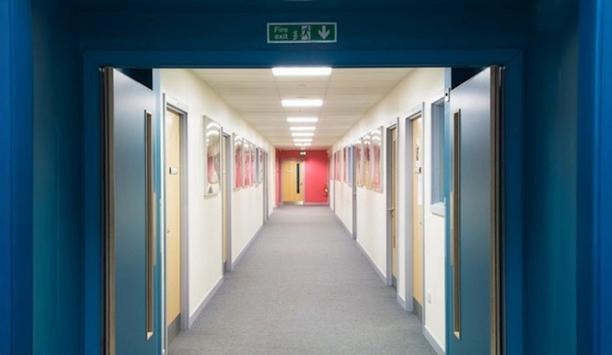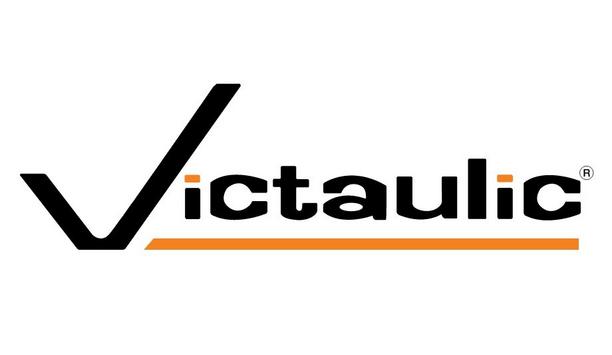Establishing fire safety measures in a care home is far more complicated than in a typical work setting and can have serious consequences if they are not implemented correctly whether that be the cost of someone’s life or a costly regulation breach.
The Regulatory Reform (Fire Safety) Order 2005 states that those involved with the fire safety process have a responsibility to keep the building safe. Care providers are the designated ‘responsible person’ when looking after residents during the event of a fire.
The importance of fire safety in care homes
Fire safety is essential to any premises. However, considering the nature of a care home, there are special considerations to think of. Care home residents often struggle with mobility issues and neurodegenerative diseases which require 24-7 care and daily medication.
While carers are physically and mentally able to evacuate the building, they have a responsibility to their patients
Emergency evacuations are not as easy as directing visitors and residents to evacuation points. Many residents will struggle to reach exits in quick time, not to mention those who are bed-bound, deaf, blind, or suffering from general disorientation. Carers and staff members are also at just as much risk. While they are physically and mentally able to evacuate the building, they have a duty of care and responsibility to their patients first and foremost.
The main causes of fire in care homes
With most buildings, the common reasons for fires are often caused by cooking appliances or malfunction in electrical equipment. Care homes will have numerous alarms and medical equipment such as medical oxygen cylinders plugged in 24-7. While paperwork such as patient files is more of a trigger than a cause, it is essential to keep them in mind when creating a fire risk assessment.
There are numerous procedures a care home can conduct to present a safe and fire preventative home for the vulnerable generation to live comfortably. Below are the standard practices care homes must abide by to prevent fire.
Fire risk assessments
LFB completed a review of fire safety in care homes in 2020, which found that nearly half of the homes reviewed did not have an adequate fire risk assessment.
A fire risk assessment will highlight fire safety risks and the measures and improvement plans to limit fire risks
Every care home must present a heavily detailed and regularly updated fire risk assessment to their staff and everyone involved. A fire risk assessment will highlight fire safety risks and the measures and improvement plans to limit fire risks. Due to the unique difficulties involved, it is best to seek a specialist with the knowledge and experience in care home fire safety to conduct a fire risk assessment – this is not required but recommended.
Fire extinguishers
According to the current fire safety laws for care homes in the UK, all homes must have fire-fighting equipment such as fire extinguishers and hoses, which any resident or staff member can use in an emergency.
Fire extinguishers must be regularly serviced and meet health and safety standards. Place them throughout the building in locations where they are easily accessible and where a fire could potentially occur. Ideally, all staff members will have training on fire extinguishers and how to use them.
Fire doors
As with any building, fire doors must remain shut to do their job and keep everyone safe. Regular checks are required to ensure fire doors are in good working order, with any damage fixed immediately. Failure to do so could result in a hefty prosecution fine.
Having such rules and regulations in place are standard practices in any building, but care homes require more attention due to the nature of the residents. While it is impossible to ensure that residents are fully aware of the regulations, staff members are responsible for keeping an eye on fire door obstructions.
Fire alarms
Fire alarm systems should be loud enough to alert everyone in the building and placed in areas where everyone can access them
A fire alarm is responsible for alerting everyone in the building that a fire may have ignited, this will alert residents and staff members to begin their fire safety protocols. In a care home full of many vulnerable people, it may be difficult for residents to know which alarm is for which emergency.
Ensuring that all staff and residents can identify which emergency is for each alarm can help the evacuation process run smoothly. Consider installing different types of alarms to cater to those with audio or visual impairments. Fire alarm systems should be loud enough to alert everyone in the building and placed in areas where everyone can access them and throughout the high-risk areas testing all detection equipment regularly.
Establishing an evacuation plan
An evacuation plan is essential to care homes. Each should have a designated fire warden with the relevant training. Here are the best steps to take to ensure the evacuation process is successful:
- Present fire safety signage: Fire safety signs should include all of the detailed information needed so that those visiting, working, and living in the care home know the steps to take.
- Clear obstructions from fire exits: Fire doors and routes should all be clear from obstructions for evacuation procedures.
- Personal emergency evacuation plans: A PEEP will include specific evacuation methods that a vulnerable person will follow. This document will cover any arrangements and actions to take for both residents and carers.
- Practice regular fire drills: Regular fire drills help residents and staff become familiar with the evacuation procedures and enable everyone to test how PEEPs work.
- Regular training of responsibilities: All care home staff should receive fire safety training to help the evacuation run smoothly while keeping residents safe and calm throughout.
- Create an emergency evacuation box: Many residents will have designated medication times or require particular assistance and comfort. Creating an emergency evacuation box will ensure everyone can receive essential care during and after an evacuation.
Fire safety management
Fire safety in care homes takes considerate measures to ensure the safety of everyone in the building. With the correct safety procedures in place, fire safety in care homes can improve the overall management of the building. Fire curtains are regularly installed in care homes to replace doors or walls which help create more space and can allow for faster evacuation.
Coopers Fire educates installers of its products with regular installation training, the Fire Protection Industry, and the wider Building Industry with regular CPD Seminars. Get in touch to find out more.















